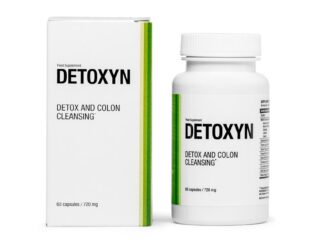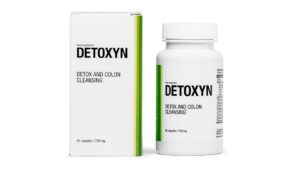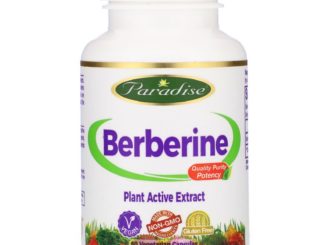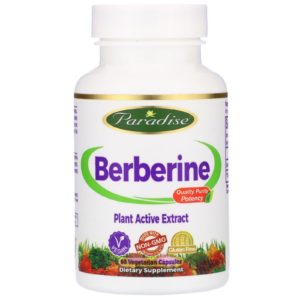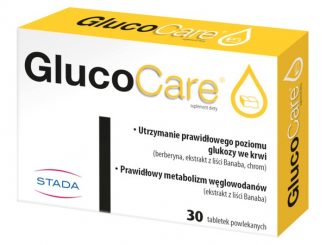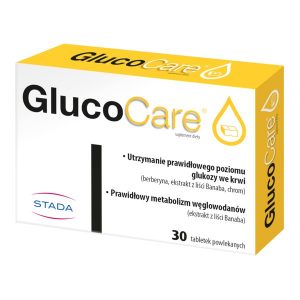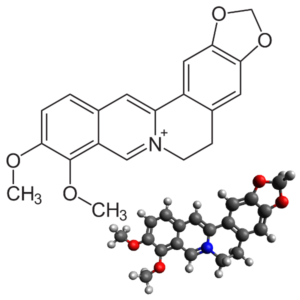The properties of Berberine
Berberine was supposedly used in China as a folk medicine by Shennong around 3000 BC. This first recorded use of berberine is described in the ancient Chinese medical book The Divine Farmer’s Herb-Root Classic. The hydrochloric acid salt of berberine is listed as an oral antibacterial in Pharmacopoeia of the People’s Republic of China, is a common over-the-counter medication for gastrointestinal bacterial infection. It is usually made into round tablets of 100 milligrams each, with 1-3 pills taken three times a day. Colliqually it is known as huánglián sù (Chinese: 黄连素; literally: ‘the essence of Chinese goldthread’).


























































